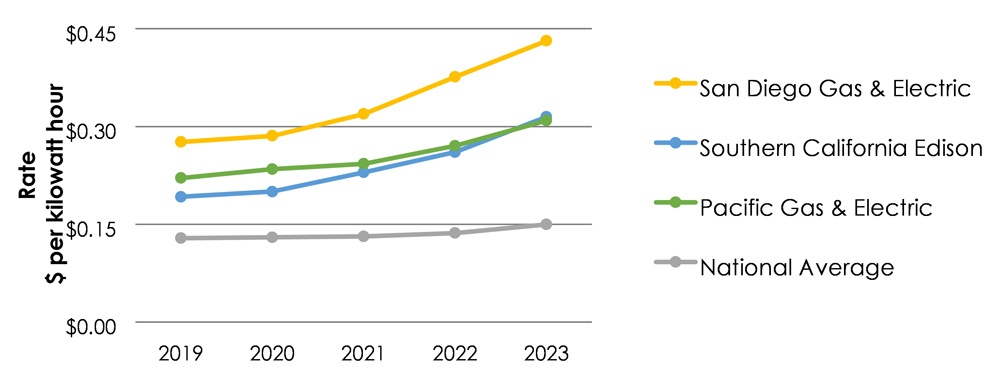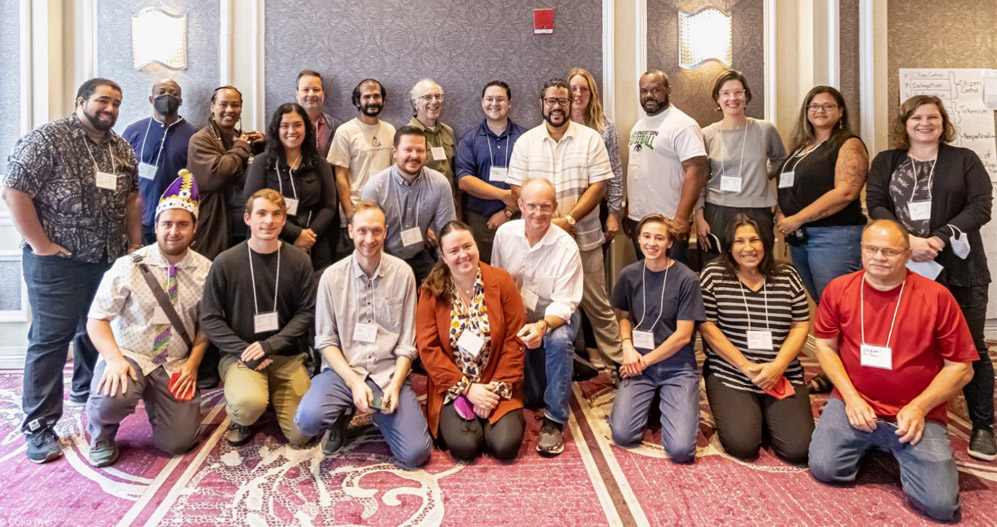Vistra’s more than $3 billion purchase of Energy Harbor and its nuclear plants ran into opposition at FERC on Friday as consumer advocates in Ohio argued the deal would harm the state’s retail power market (EC23-74).
PJM’s Independent Market Monitor, Monitoring Analytics, did not oppose the merger, but it argued that FERC should condition its approval on behavioral commitments from Vistra so it cannot abuse market power in the RTO’s capacity market and local energy markets.
Vistra proposed buying Energy Harbor, which owns the generation and competitive retail business spun off from FirstEnergy, in March. Vistra plans to combine the three nuclear plants from the deal with its existing clean energy assets and retail businesses in a new subsidiary called “Vistra Vision.” (See Vistra Pays More than $3 Billion for Energy Harbor.)
Ohio restructured its industry in 2001, allowing customers to buy power from competitive retailers, but even those who do not shop benefit from the default standard service offer (SSO) auctions into which Vistra and Energy Harbor have bid their generation in recent years, said the Northeast Ohio Public Energy Council (NOPEC).
“The Ohio SSO market is served by a small — and shrinking — set of suppliers. Over the past five years, the average number of suppliers has dropped from 11 to six,” NOPEC said. “In addition, in recent SSO auctions all (or almost all) registered bidders were selected to provide one or more tranches. This is a sign that these auctions currently have limited alternative suppliers.”
Both have participated in 39 auctions since 2019, with Energy Harbor winning 22% of total supply and Vistra 33%.
“When both Energy Harbor and Dynegy have submitted winning bids in the same auction, their combined shares of the procured tranches range from 35% to as high as 82%,” said NOPEC.
NOPEC is a regional council of local governments that provides electricity aggregation services to their citizens, which represents 68% of the total retail power market of 2.5 million customers — with the rest making individual decisions to shop with specific retailers. Energy Harbor and Vistra each serve about 20% of the state’s government aggregation market, said NOPEC, which is the largest provider of such services with slightly more than their combined share.
“The proposed transaction, and Vistra’s resulting increased share of the governmental aggregation market, follows directly on the heels of efforts by its subsidiary, Dynegy, to attempt to eliminate NOPEC as a competitor,” the group said.
Vistra’s subsidiary Dynegy asked the Public Utilities Commission of Ohio (PUCO) to terminate NOPEC’s certificate to serve as a government aggregator after it returned some customers to utility SSO rather than force them to pay spiking prices. NOPEC noted that Dynegy did the same thing because both were responding rationally to market conditions, while the nonprofit was working to ensure its member communities and their retail customers got the lowest prices possible.
The PUCO threw out Dynegy’s request, saying that NOPEC did nothing wrong in returning some customers to SSO.
The Ohio Consumers’ Counsel also urged FERC to review the measure and its impact on the retail market in Ohio, noting that the commission has agreed to do so when state agencies have limited authority over mergers.
“The potential adverse effects of this merger on retail consumers in Ohio will be significant,” the OCC said. “FERC’s review of both the retail and wholesale impacts of the merger on Ohio consumers is needed so that Ohio consumers can be protected from the adverse effects of this merger.”
Fewer bidders in the SSO auctions will likely raise prices in them, which will have an impact on the offers made by retailers.
“The standard service offer is used by Ohio consumers as the price to compare against the prices offered by marketers, including prices offered by governmental aggregators,” the OCC said. “Thus, higher standard service offer prices would act as a price ‘umbrella,’ allowing for increases in both marketer headroom and likely the prices offered by them. This also could result in higher profits for marketers, to the detriment of consumers.”
Both NOPEC and the OCC argued that the deal would have detrimental effects on PJM’s wholesale markets, as did the Monitor, though the latter argued behavioral constraints were the best way to deal with any such issues.
“The IMM recommends behavioral remedies to address flaws in PJM’s energy market power mitigation rules to ensure that Vistra cannot exercise market power as a result of the Energy Harbor acquisition,” the Monitor said. “Absent a reorganization of the entire market, structural remedies for individual transactions are not likely to be as effective as behavioral remedies because the structural remedies are generally based on an unrealistic, static view of market structure.”
Nuclear units have traditionally participated as zero- or low-cost baseload resources in the PJM markets, meaning they bid low and clear often — while benefiting when power prices spike. But now, owners of nuclear plants are increasingly looking to serve some kind of load directly located nearby that is outside of the wholesale markets, which creates the ability and incentive for nuclear plants to exercise market power.
“Under this offer strategy for the nuclear units, the combination of Vistra with Energy Harbor would result in more structural market power for Vistra as measured by the [three-pivotal-supplier] test both in local markets and in the aggregate energy market,” the Monitor said. “The impact on energy prices and congestion could be very large if the FERC permits this behavior and enough plants engage in the behavior.”
Energy Harbor has a deal with Standard Power to use its Beaver Valley nuclear plant to provide between 200 and 300 MW of power to a data center.
Any competitive concerns from that deal can be dealt with by requiring Vistra to reduce the capacity interconnection rights equal any “behind the generator” load added to the acquired nuclear plants, the Monitor said.
It also suggested three other behavioral requirements: a prohibition on submitting price-based offers that intersect, or cross, the cost-based offer for the resource; that Vistra include operating parameters that are identical to their parameter-limited schedules in its energy-market offers; and that the company use a market seller offer cap in the capacity market that is equal to its units’ net avoidable-cost rate, which the IMM said is the competitive offer for capacity resources.





